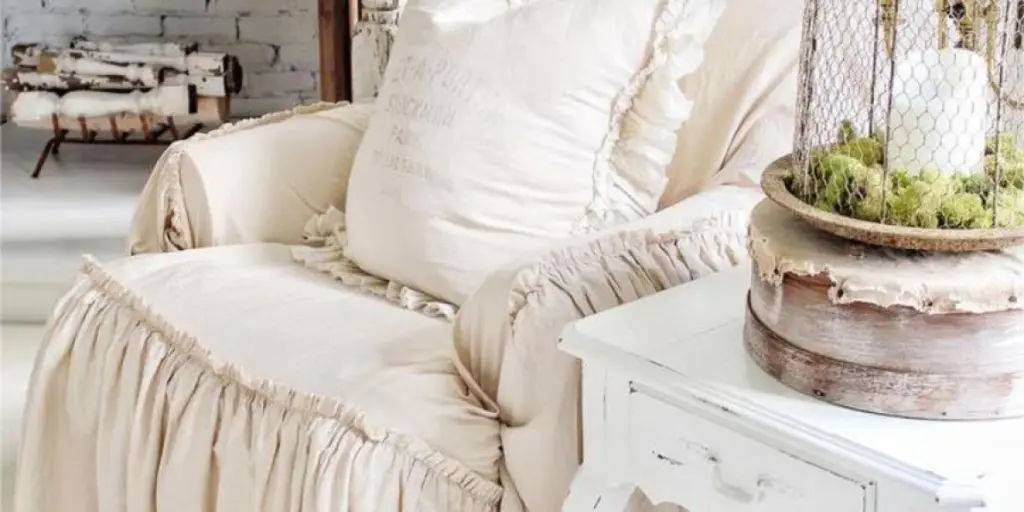In the dynamic world of home decor, chair slipcovers have emerged as a centerpiece of both practicality and style in 2024. No longer just an afterthought for furniture protection, these versatile coverings have transformed into a statement of personal taste and design savvy. With their ability to instantly refresh and redefine the ambiance of any space, slipcovers have ascended from mere functional items to key decorative elements. This trend reflects a deeper understanding of how functionality seamlessly blends with aesthetic appeal in modern interiors. As we delve deeper into the realm of chair slipcovers, we uncover a world where innovation meets tradition, reshaping our perception of everyday home furnishings.
Table of Contents
1. Market overview
2. Key design and material innovations
3. Top-sellers driving market trends
1. Market overview
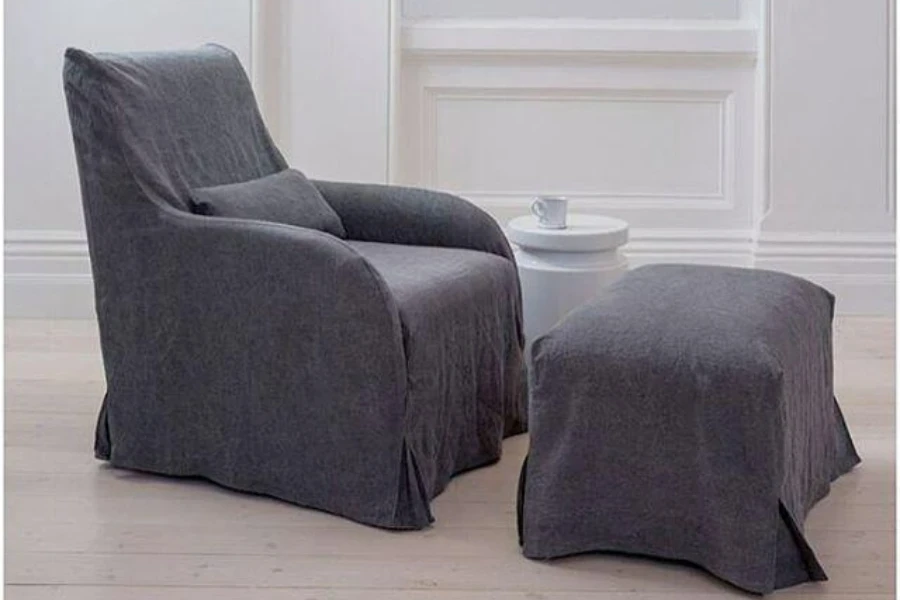
The chair slipcover market, an integral segment of the home décor industry, has witnessed notable growth in recent years. As of 2024, the market continues to expand, driven by consumer demand for aesthetic, functional, and versatile home furnishing options. The chair slipcover market was valued at USD 21.72 billion in 2022 and is projected to reach USD 31.77 billion by 2028, growing at a CAGR of 6.54% (according to Market Reports World).
Shifts in market shares within the home furnishing industry, particularly in the slipcover segment, indicate a significant transition from traditional, utilitarian covers to more stylish, design-oriented options. Consumers are leaning towards customized, high-quality fabrics, often with eco-friendly materials, which has led to a diversification of products within the market. Notably, there’s a growing preference for slipcovers that offer both protection and an opportunity to revamp the living space without the need to purchase new furniture.
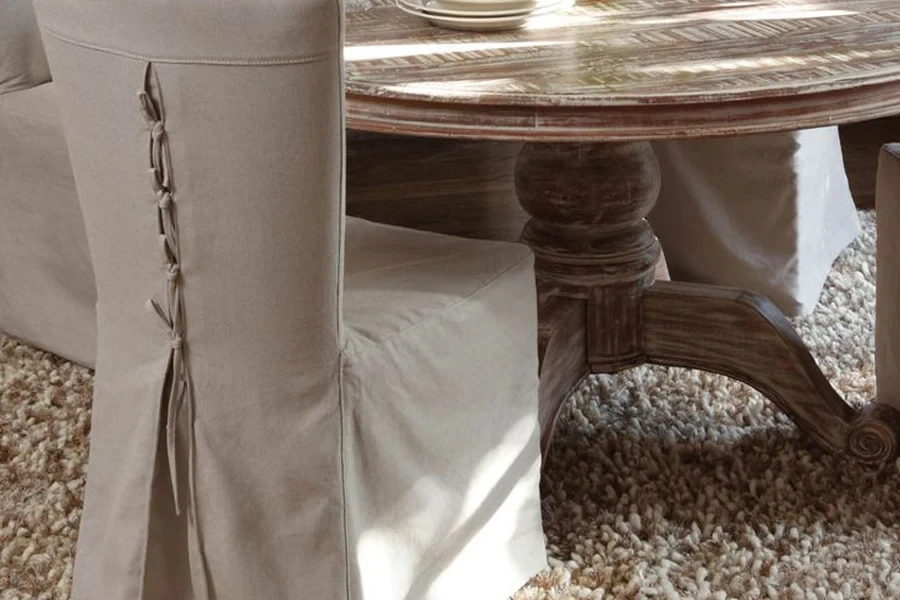
Consumer behavior and preferences have been central to driving these market changes. The rise in e-commerce, coupled with increased exposure to global design trends through digital platforms, has made consumers more discerning and willing to experiment with home decor styles. This shift is evident in the rising demand for slipcovers that are not just functional but also align with specific interior design themes, ranging from minimalist to bohemian chic. Consumers are increasingly looking for slipcovers that offer a balance of aesthetic appeal, durability, and ease of maintenance, signaling a shift towards more lifestyle-oriented choices in home furnishings.
2. Key design and material innovations
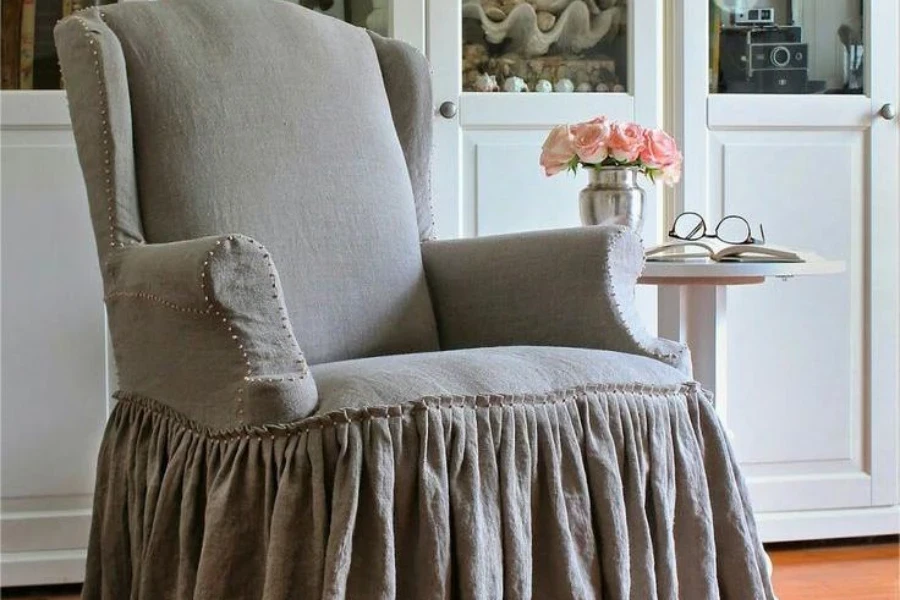
The landscape of chair slipcover designs in 2024 is marked by a blend of innovation and aesthetics, reshaping how we perceive and utilize these functional decor elements. A significant trend is diversification in design approaches, moving away from one-size-fits-all to more tailored and form-fitting styles. These contemporary designs are not only about covering up; they’re about complementing and enhancing the furniture’s intrinsic shape and character. This shift mirrors a broader design trend towards personalized and thoughtful home decor.
This year has marked a significant shift in the chair slipcover industry, particularly in the realm of material innovation. As environmental awareness continues to grow, so does the demand for sustainable and eco-friendly materials in home furnishings. One of the standout trends in slipcover materials is the use of organic cotton. This choice not only speaks to an eco-conscious mindset but also brings a level of comfort and breathability that is highly valued in everyday living spaces. Organic cotton, with its minimal environmental footprint, represents a shift towards more responsible consumerism.
Another innovative material that has gained prominence, as highlighted, is recycled polyester. This material is making waves in the slipcover market due to its durability and ease of maintenance. Recycled polyester is crafted from repurposed plastic, reducing waste and the carbon footprint associated with production. This material choice resonates with the growing trend of circular economy in the home decor sector, where sustainability is as important as aesthetics.
In addition to traditional fabrics, there has been an exciting emergence of advanced blends incorporating bamboo fibers. It is noted that bamboo, as a slipcover material, offers unique advantages: it’s naturally hypoallergenic, has moisture-wicking properties, and is incredibly soft to the touch. These qualities make bamboo-blend slipcovers highly desirable for households looking for both comfort and sustainability.
The influence of technology on material innovation cannot be overstated. As reported, advancements in textile technology have led to the creation of smart fabrics that offer enhanced functionalities. These include features like improved stain resistance, anti-fading properties, and even temperature regulation. Such technological integrations elevate the humble slipcover from a simple protective cover to an intelligent home accessory that caters to the dynamic needs of modern households.
Moreover, the development of hybrid materials that combine the best properties of natural and synthetic fibers is reshaping the market. These hybrid materials offer the perfect balance between durability, comfort, and environmental responsibility. They represent a thoughtful approach to material selection, where the impact on the planet is considered alongside the needs of the consumer.
The influence of technology in the realm of chair slipcovers is also evident. Advanced manufacturing techniques have enabled the creation of fabrics that are more resistant to stains, fading, and wear and tear. Additionally, the integration of smart textiles offers features like temperature regulation and hypoallergenic properties, elevating the functional aspect of slipcovers. This technological integration signifies a shift from mere aesthetics to enhanced functionality and user experience in home furnishings.
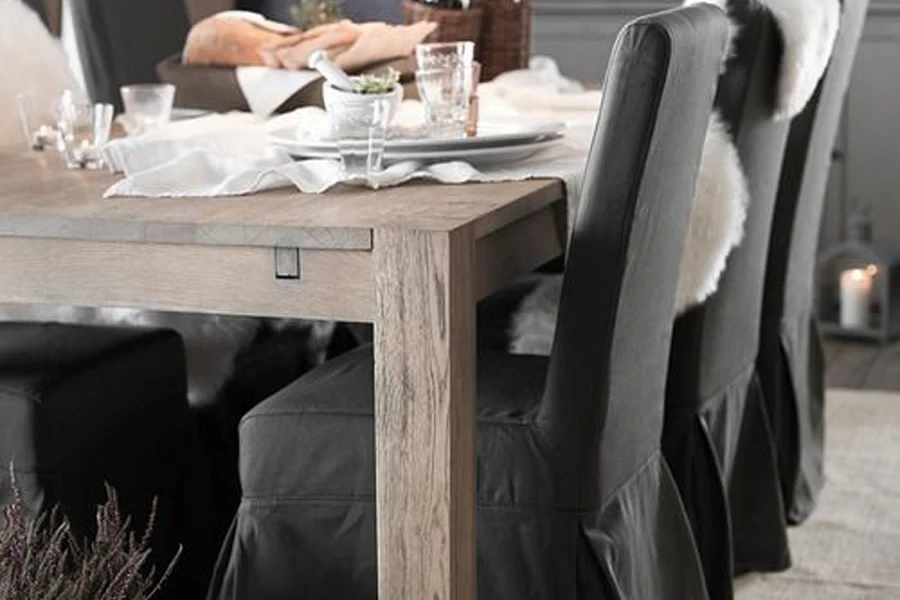
The design aesthetics of chair slipcovers have evolved to embrace a wider array of styles and preferences. It is pointed out that current trends include textures and patterns that range from minimalist and subtle to bold and expressive. The choice of colors, patterns, and textures now plays a crucial role in interior design, with slipcovers being used as tools to inject personality and flair into a space. This trend is particularly noticeable in the way slipcovers are being used to make style statements, reflecting individual tastes and complementing the overall design theme of the home.
In conclusion, the chair slipcover market in 2024 is a testament to the fusion of design innovation, material advancements, and technology. These elements come together to offer products that are not only aesthetically pleasing but also environmentally conscious, durable, and aligned with the evolving needs and preferences of modern consumers.
3. Top-sellers driving market trends
In 2024, the chair slipcover market is being significantly influenced by a few top-selling styles that reflect broader trends in home decor. According to the insights from Foter, one of the leading trends is the use of authentic denim slipcovers. These covers bring a casual yet chic aesthetic to furniture, appealing to consumers looking for durability coupled with style. The blue-jean appeal of denim slipcovers caters to a laid-back, comfortable home environment while offering the practicality of easy maintenance and robustness.
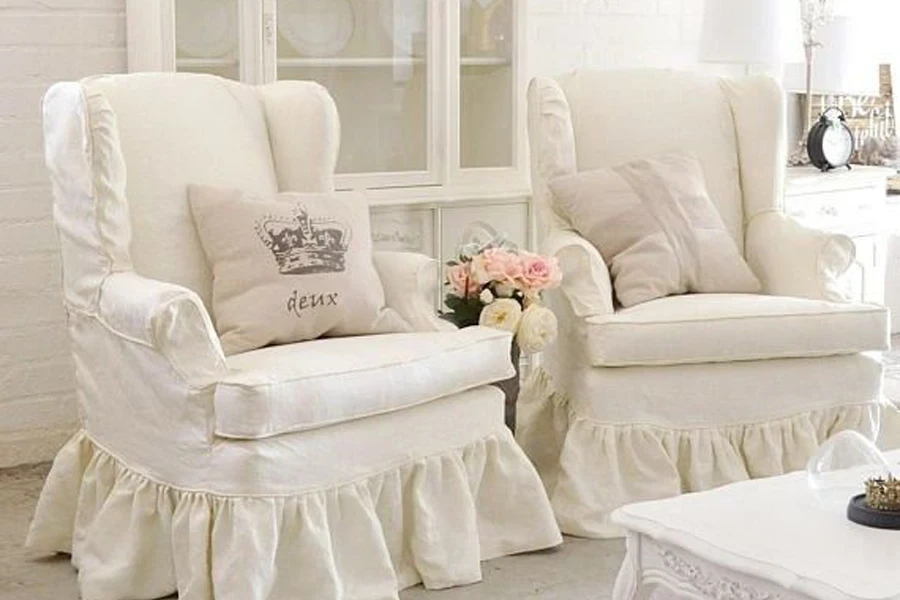
Another popular style, as highlighted by Efavormart, is the use of luxurious fabrics such as satin and velvet. These materials have seen a resurgence in popularity, particularly in settings that demand a touch of elegance and sophistication. The appeal of these designs lies in their ability to transform ordinary furniture into statement pieces, thereby elevating the overall ambiance of a room. Satin and velvet slipcovers resonate particularly well in formal settings or in homes that embrace a more opulent interior design style.
The market has also seen an increase in the demand for slipcovers featuring bold patterns and vibrant colors. This trend, noted by Better Homes & Gardens, indicates a shift away from traditional, understated designs to more expressive decor choices. These slipcovers allow consumers to infuse their personality into their living spaces, making a bold statement with their furniture. The appeal lies in the flexibility to revamp and rejuvenate interiors without committing to permanent or expensive changes.
In terms of key brands and designers, the market is witnessing a variety of players who are setting the trends. It is evident that brands focusing on sustainability, innovation in materials, and contemporary designs are gaining traction. These brands are responding to consumer desires for environmentally friendly, stylish, and functional home decor solutions.
In essence, the trends in the chair slipcover market for 2024 are a reflection of a broader movement in home decor towards personal expression, sustainability, and a blend of comfort with luxury. The popularity of certain styles and the emergence of trend-setting brands highlight a market that is dynamic and responsive to the evolving tastes and values of consumers.
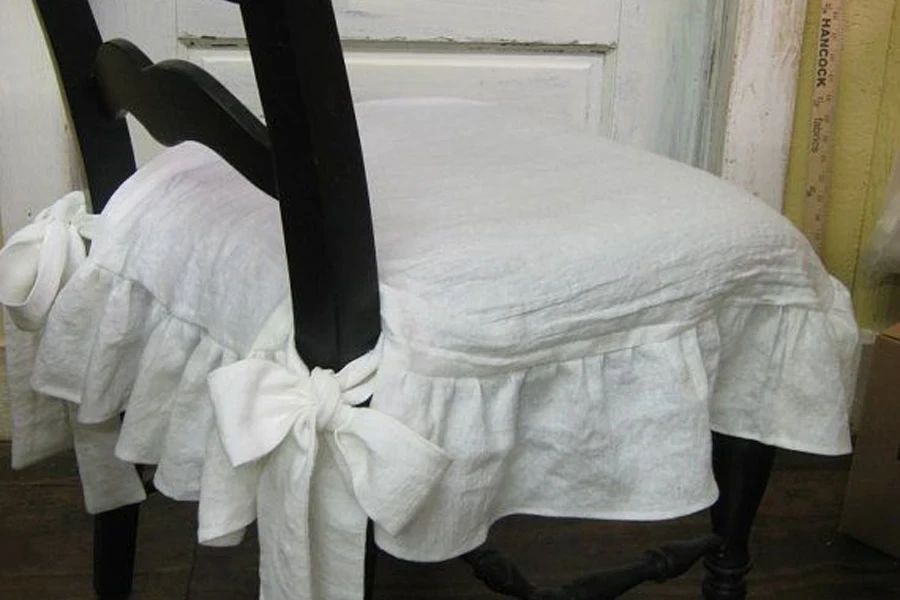
Conclusion
The trends in chair slipcovers observed in 2024 are a clear indicator of their growing significance in the home decor market. Looking ahead, the chair slipcover market is poised for continued evolution and innovation. As consumer preferences increasingly lean towards customization and sustainability, the market is likely to respond with even more creative solutions, blending advanced materials and technology with cutting-edge design. The ongoing transformation in this segment not only enhances the visual appeal of living spaces but also reflects a deeper societal shift towards mindful and sustainable living. The future of chair slipcovers appears to be an exciting intersection of style, practicality, and environmental stewardship, promising new trends and developments in the years to come.
